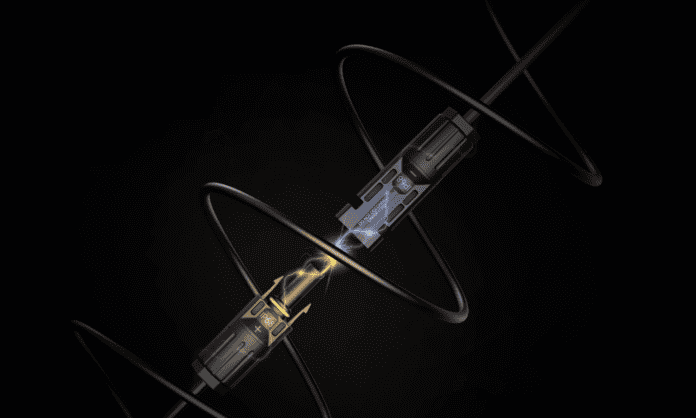Most electric systems require different types of cables that fit together with male and female counterparts. These connectors usually come in pairs, each serving a different role. You’ll also notice that they look different, almost the opposite of each other. There’s a purpose for that.
Read on to learn about the main differences between these cable connectors and how to create the secure electrical connection you need.
Understanding the Difference Between Male and Female Connectors
The primary difference between these two types of connectors is the direction in which they connect. The male end points outwards, while the female end accepts the male connector from another device. This fundamental difference ensures they work well together and hold their connection firmly during use so you don’t lose a crucial connection.
Male Connectors
Male connectors are also called plugs and typically have pins that protrude from their body. They insert into a female connector, where the pins will contact the socket to establish an electrical connection. You’ll typically find a male end on cables that carry power or data signals between two devices.
Female Connectors
Female connectors feature internal sockets instead of pins. These are recessed holes in the connector that connect to another cable, wire, or device.
The sockets accept the male connector from another device, establishing an electrical connection between them. You’ll find female ends on cables or larger devices that receive signals from other devices.
You’ll notice that the cable permanently connected to a power source is almost always female. This configuration ensures that humans (or pets) don’t touch live conductors, which could cause a short circuit. It also prevents other conductive materials from touching a live conductor.

What Is the Purpose of Male and Female Connectors?
The purpose of these two types of connectors is to establish an electrical connection between two devices. One end transmits signals or power, while the other accepts the insert and receives the signal or electricity from another device.
Using male and female connectors ensures that all connections are secure and protected against interference or accidental disconnection. You can also combine various connectors to create more complex electrical systems.

Wrapping Up
Each connector serves a different purpose when establishing an electrical connection between two devices. Male plugs transmit signals or power, while female sockets accept a signal from another cable through its outward-facing male connection.
All of EcoFlow’s products that feature plug-in capabilities use these types of traditional connections, so knowing the differences between them can help ensure you match the right cables together as you set up your devices.
You can ensure a reliable and secure electrical connection with the right combination of male and female connectors.
